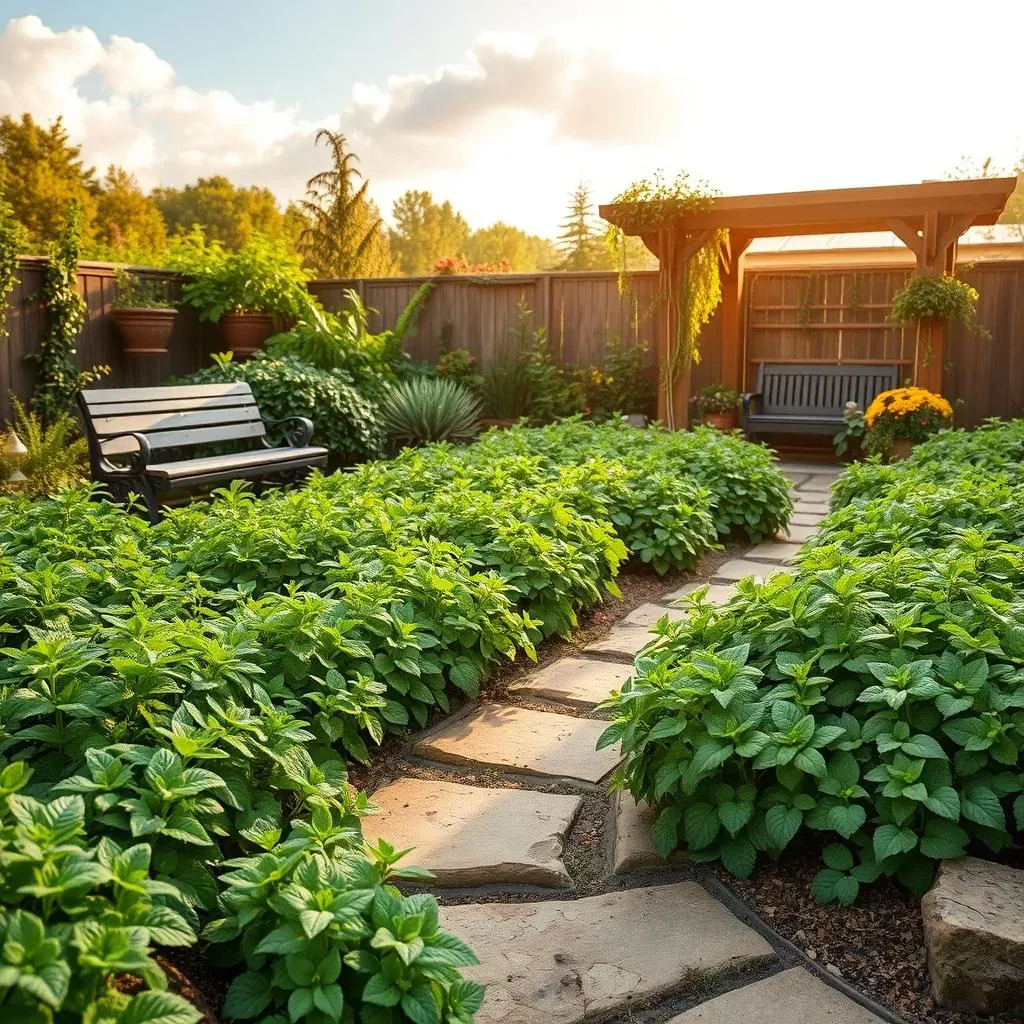Table of Contents
Dreaming of a garden brimming with the fresh, invigorating scent of spearmint, ready to provide you with an endless supply of leaves for your favorite tea? This article is your comprehensive guide to achieving that dream with a well-planned spearmint tea plant garden design. We'll walk you through every step, from the initial planning stages—considering location, sunlight, and soil conditions—to choosing the perfect spearmint varieties to suit your taste and garden space. Learn the secrets to cultivating healthy, thriving spearmint plants, covering essential care tips like watering, fertilizing, and pest control. We'll even guide you through the process of harvesting your precious spearmint leaves and transforming them into delicious, homemade tea. Get ready to embark on a journey of fragrant growth, transforming your garden into a personal oasis of minty refreshment. By the end, you'll have all the knowledge and confidence you need to create your own stunning and productive spearmint tea plant garden design. So let's get started and turn your tea-time dreams into a fragrant reality!
Planning Your Spearmint Tea Plant Garden Design
Planning Your Spearmint Tea Plant Garden Design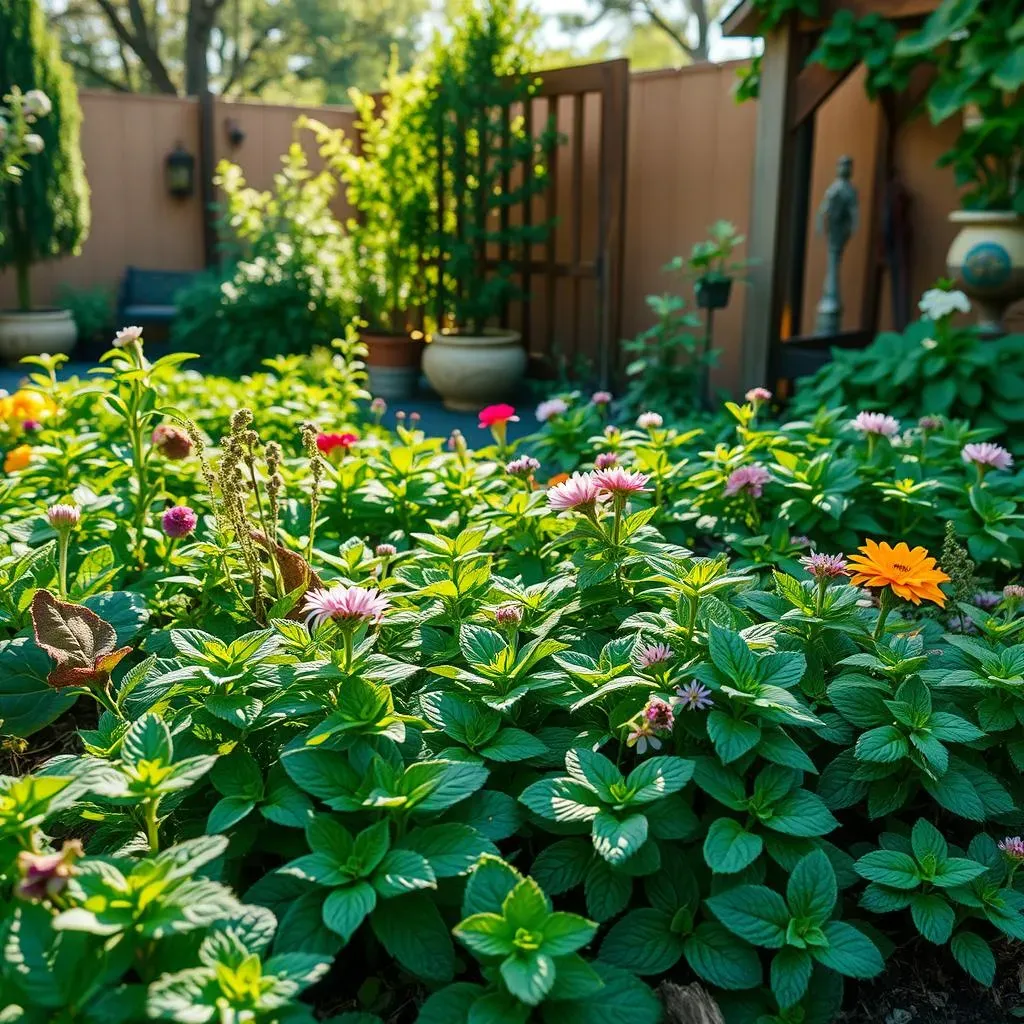
So, you're diving into the wonderful world of spearmint tea plant garden design? Fantastic! The first step is all about planning, which, I know, sounds less exciting than actually planting, but trust me, it's crucial for a bountiful harvest. Think of it as creating the blueprint for your minty masterpiece. We need to consider a few key factors: sunlight, soil, and space. Spearmint loves a good amount of sun, at least four to six hours a day, but can tolerate some shade, especially in hotter climates. The soil should be well-drained – nobody likes soggy roots – and rich in organic matter. This ensures healthy growth and flavorful leaves. Finally, consider the space you have available. Spearmint can be quite vigorous, so unless you want it taking over your entire garden (which, let's be honest, some people might!), plan to contain it using pots or raised beds. This also makes harvesting much easier.
Factor | Considerations |
|---|---|
Sunlight | 4-6 hours of direct sunlight daily, partial shade acceptable in hot climates |
Soil | Well-drained, rich in organic matter, slightly acidic to neutral pH (6.0-7.0) |
Space | Plan for containment using pots, raised beds, or a dedicated area to prevent spreading |
Another important aspect is thinking about the overall aesthetic of your garden. Do you envision a formal, structured design, or something more wild and free-flowing? Will your spearmint be the star of the show, or will it be a supporting player amongst other herbs or flowers? Consider the height and spread of the plants you choose, and how they will interact with each other in terms of sunlight and space. This is where you get to unleash your creativity and design a garden that's as unique as you are. Remember, a well-planned design isn’t just about functionality; it's also about creating a beautiful and inviting space that you'll enjoy spending time in.
- Sketch out your garden design, noting sunlight exposure and existing plant locations.
- Choose containers or designated areas based on your available space and the spearmint's growth habit.
- Consider incorporating companion plants that benefit spearmint or complement its aesthetic.
Choosing the Perfect Spearmint Varieties for Your Tea Garden
Choosing the Perfect Spearmint Varieties for Your Tea Garden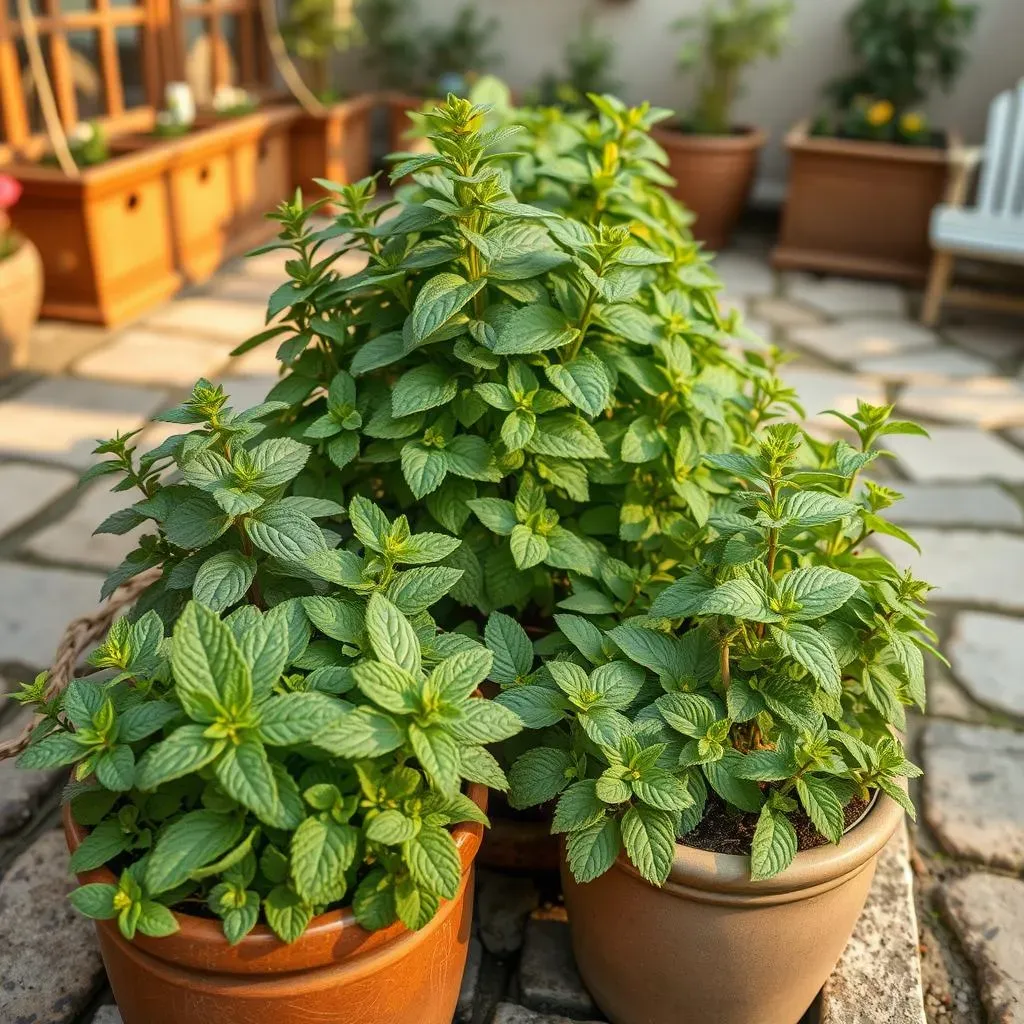
Right, so you've got your garden space sorted, now for the fun part: picking your spearmint! It's not just one-size-fits-all, my friend. Different spearmint varieties offer unique flavor profiles and growth habits. Some are known for their intensely minty flavor, perfect for a strong, refreshing brew. Others have a milder, sweeter taste, ideal for those who prefer a more delicate cuppa. Consider what kind of tea you enjoy most – strong and bold, or subtle and sweet – and choose your spearmint accordingly. And don't forget about the visual appeal! Some varieties have beautifully variegated leaves, adding a touch of elegance to your garden.
- Classic Spearmint (Mentha spicata): The workhorse of spearmint, known for its reliable growth and classic minty flavor.
- Moroccan Mint: A compact variety with a slightly sweeter, less intense mint flavor.
- Curly Spearmint: This variety boasts attractive, curly leaves and a strong minty aroma.
- Strawberry Mint: A unique variety that combines the refreshing taste of spearmint with a subtle hint of strawberry.
Think about the overall look you want to achieve in your garden. Do you want a uniform look with all the same variety, or a more diverse display with multiple types of spearmint and other herbs? Consider the size and shape of the plants, too. Some spearmint varieties are more compact, while others can spread quite a bit. This will influence how you space your plants and whether you need to use containers to keep them contained. It's all about finding the perfect balance between flavor, visual appeal, and practicality.
Variety | Flavor Profile | Growth Habit |
|---|---|---|
Classic Spearmint | Strong, classic mint | Vigorous spreader |
Moroccan Mint | Sweet, milder mint | Compact |
Curly Spearmint | Strong mint, attractive leaves | Moderate spreader |
Strawberry Mint | Spearmint with strawberry notes | Moderate spreader |
Cultivating and Caring for Your Spearmint Tea Plants
Cultivating and Caring for Your Spearmint Tea Plants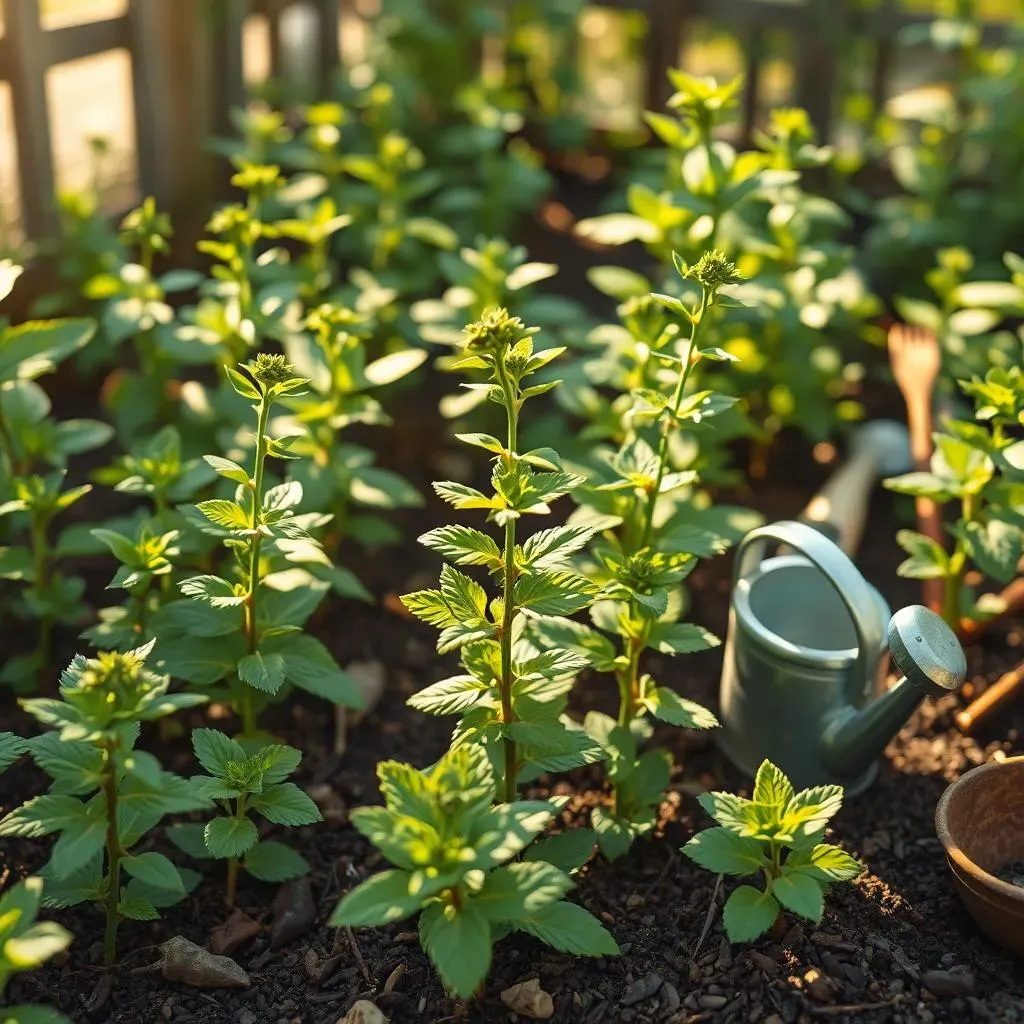
Alright, you've chosen your spearmint superstars, now let's get them growing! Planting is pretty straightforward. For seeds, sow them indoors about 8 weeks before the last frost, then transplant outdoors once the danger of frost has passed. However, most folks find it easier to start with established plants, either from cuttings or purchased from a nursery. Plant your spearmint in the prepared soil, spacing them according to the variety's growth habit (refer to the table in the previous section). Water thoroughly after planting, ensuring the soil is consistently moist but not waterlogged. Remember, consistent moisture is key to happy, healthy spearmint. Don't let them dry out, but avoid overwatering, which can lead to root rot.
- Planting from seed: Sow indoors 8 weeks before last frost, transplant outdoors after frost.
- Planting from established plants: Space according to variety's growth habit.
- Watering: Keep soil consistently moist, but not soggy.
Regular care is the secret to a thriving spearmint patch. Fertilize your plants every few weeks with a balanced, organic fertilizer. This helps to provide the nutrients they need for robust growth and flavorful leaves. Regular pruning is essential, both to maintain the shape of your plants and to encourage bushier growth. Pinch off the top sets of leaves regularly to promote branching and prevent the plants from becoming leggy. And don't forget about pest control. Mint is relatively pest-resistant, but keep an eye out for aphids or other common garden pests. A simple spray of water can often dislodge aphids, and neem oil is a natural and effective treatment for many common garden pests.
Care Task | Frequency | Method |
|---|---|---|
Fertilizing | Every 2-4 weeks | Balanced, organic fertilizer |
Pruning | Regularly (every few weeks) | Pinch off top sets of leaves |
Pest Control | As needed | Water spray, neem oil |
Harvesting and Using Your Homegrown Spearmint for Delicious Tea
Harvesting and Using Your Homegrown Spearmint for Delicious Tea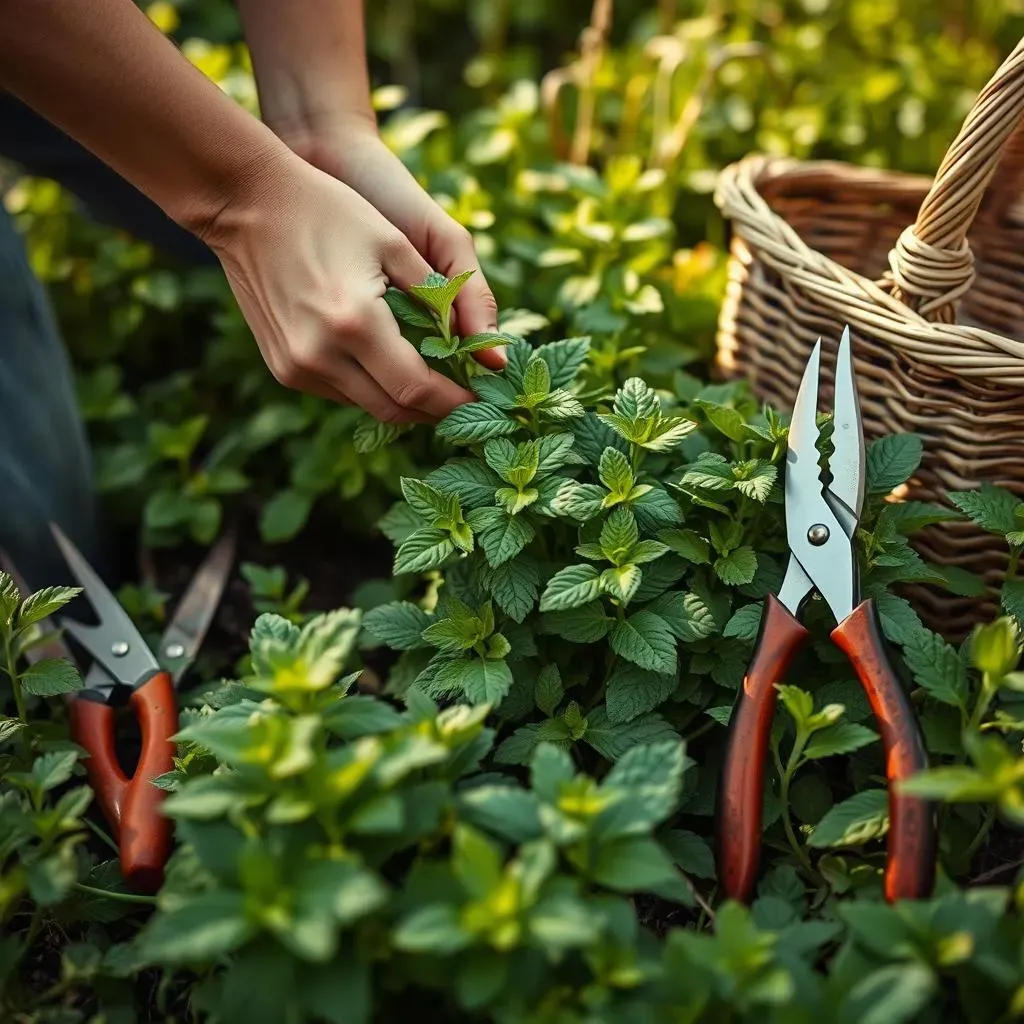
Ah, the moment of truth! Harvesting your homegrown spearmint is incredibly rewarding. The best time to harvest is in the morning after the dew has dried, when the essential oils are most concentrated, giving you the most flavorful tea. Use sharp scissors or pruning shears to snip off the top few inches of the stems, leaving about a third of the plant intact to encourage further growth. Don't worry about being too precise; spearmint is a resilient herb and bounces back quickly. You can harvest multiple times throughout the growing season, usually every 4-6 weeks, ensuring a continuous supply of fresh leaves for your tea. Remember, a little goes a long way, so don't be afraid to experiment with the amount you use to achieve your perfect cup.
- Harvest in the morning after dew dries.
- Snip off top few inches of stems, leaving 1/3 of plant.
- Harvest every 4-6 weeks for continuous supply.
Now, let's talk tea! The simplest way to enjoy your homegrown spearmint is to make a fresh brew. Simply add a handful of fresh leaves to a cup of freshly boiled water, steep for 5-7 minutes, and strain. Experiment with different steeping times to find your preferred strength. Add a squeeze of lemon or a touch of honey for extra flavor. You can also dry your spearmint leaves for later use. Spread them out on a tray in a cool, dry, and well-ventilated area, and let them dry completely (this can take a week or more). Once dry, store them in an airtight container in a cool, dark place. Dried spearmint leaves can be used to make tea just like the fresh leaves, though you may need to use a bit more to achieve the same strength.
Tea Type | Preparation | Notes |
|---|---|---|
Fresh Spearmint Tea | Add fresh leaves to boiling water, steep 5-7 minutes | Adjust steeping time for desired strength |
Dried Spearmint Tea | Add dried leaves to boiling water, steep 5-10 minutes | May require more leaves than fresh |
